Affiliate links on Android Authority may earn us a commission. Learn more.
The smart home is still not ready for our kids
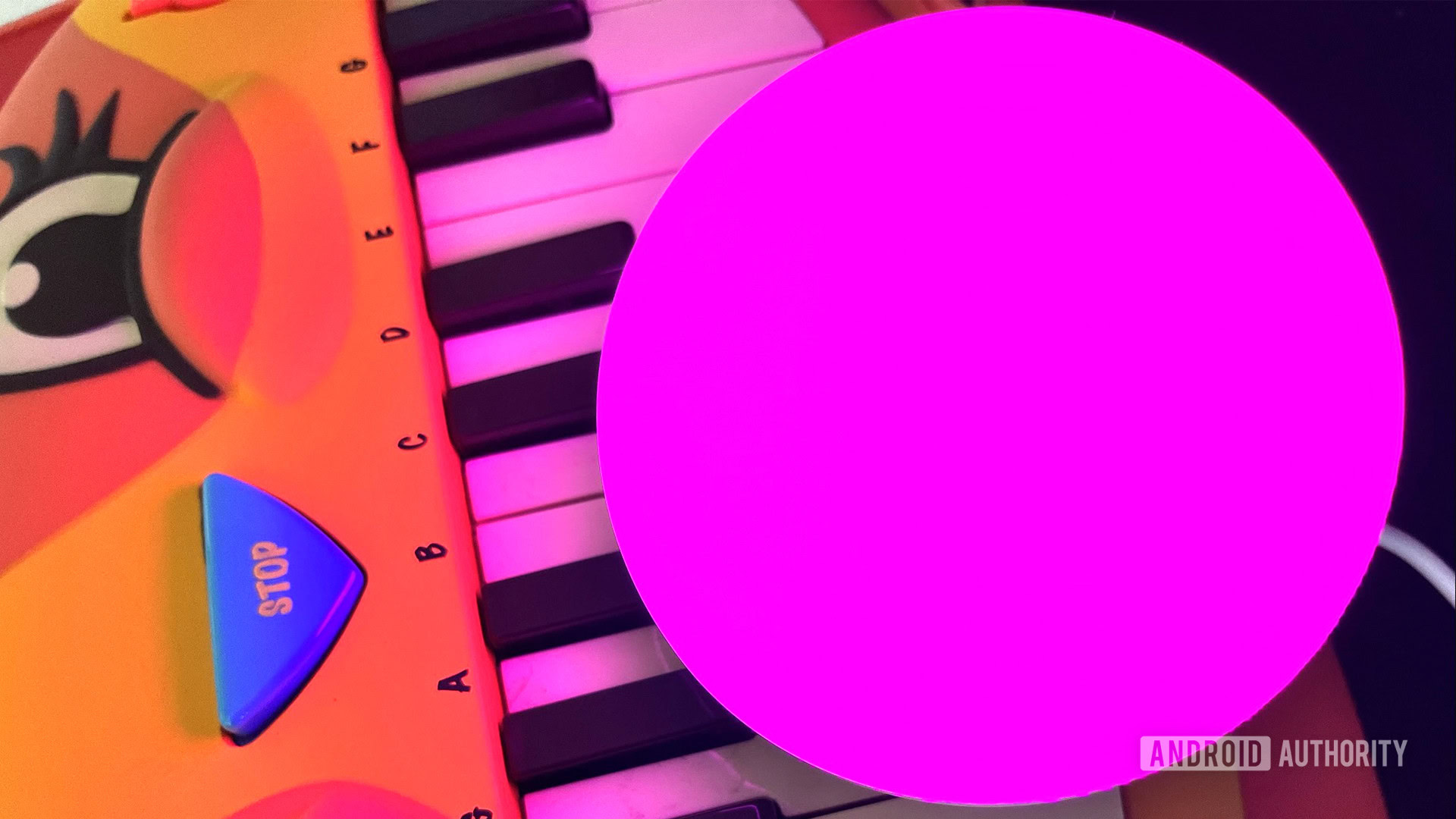
Just recently I began testing ECOVACS’ Deebot X1 Omni, its new top-of-the-line robot vacuum. While it’s too early to formulate a real opinion, one small thing I’m appreciating is the child lock on the X1 Omni’s docking station. Normally you can use the dock’s buttons to start or end vacuuming, but if you hold down a pair of those buttons for a few seconds, you disable that function so that small kids can no longer run the vacuum on a whim.
That shouldn’t be a big deal, but as the parent of a four-year-old, it suddenly brought the lack of childproof smart home accessories into focus. At times it feels like smart home gadget makers are deliberately targeting childfree buyers, or at least those with older children. As Android Authority‘s resident smart home specialist I find I have to go out of my way to keep my son from wreaking havoc, when I really shouldn’t — there are a few steps companies could be taking to make smart home gear more child-friendly.
1. Lock options on anything with buttons
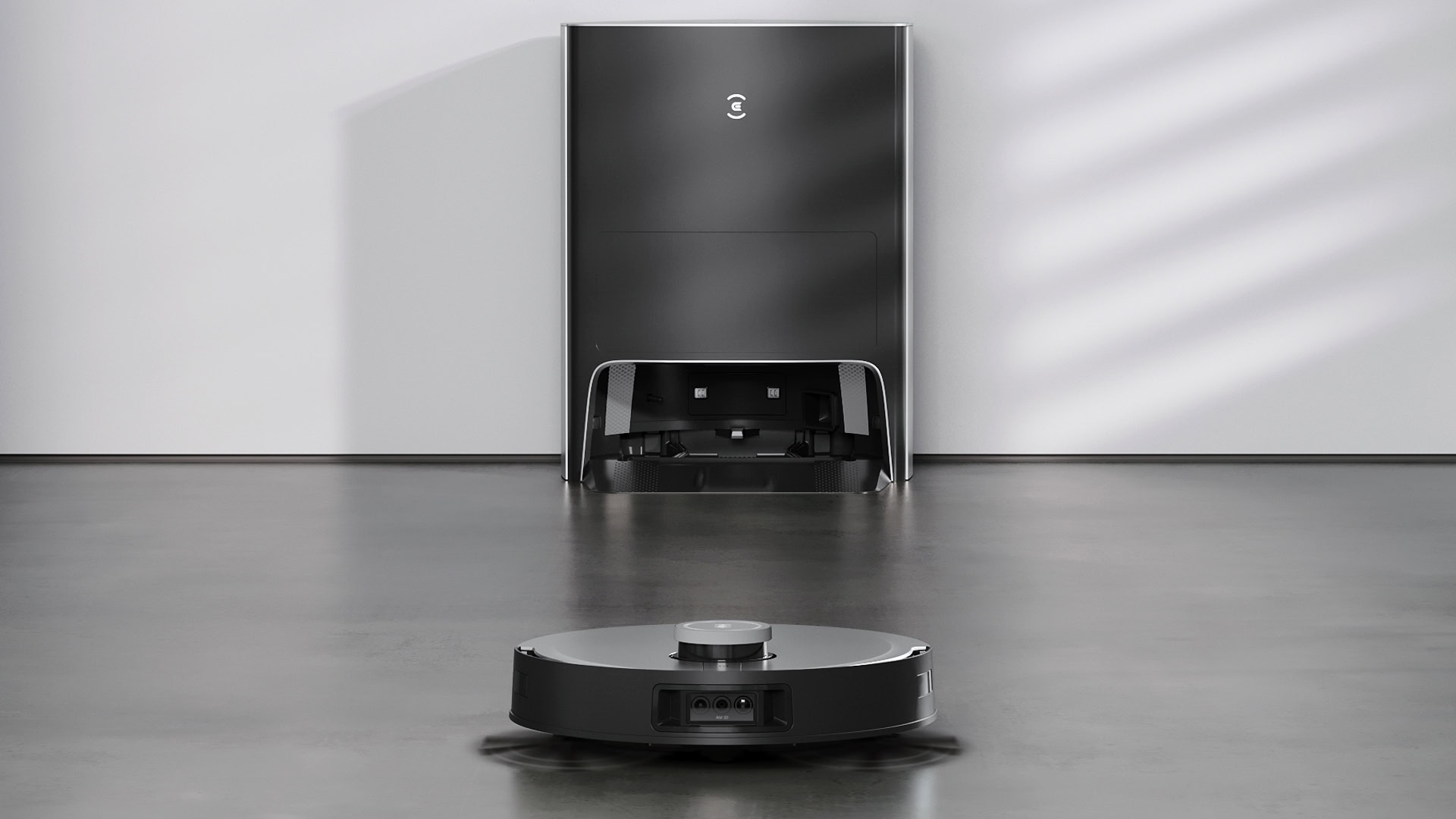
If a device has buttons and it’s in arm’s reach, a small child will play with it, so the X1 Omni’s lock function should be widespread across categories — not just vacuums — and easy to activate with app controls or button combos. For whatever reason, you can’t lock out physical controls on speakers like the Nest Audio or 4th gen Amazon Echo, which is the only way I would consider sitting them on the low-slung tables and shelves you see in marketing photos.
If a device has buttons and it's in arm's reach, a small child will play with it.
Smart lamps and many other accessory types have a similar problem. Really, there’s no reason physical locking couldn’t be universal on all smart accessories with buttons, so long as a hardware reset command remains available.
See also: The best smart speakers you can buy
2. Voice/face rejection
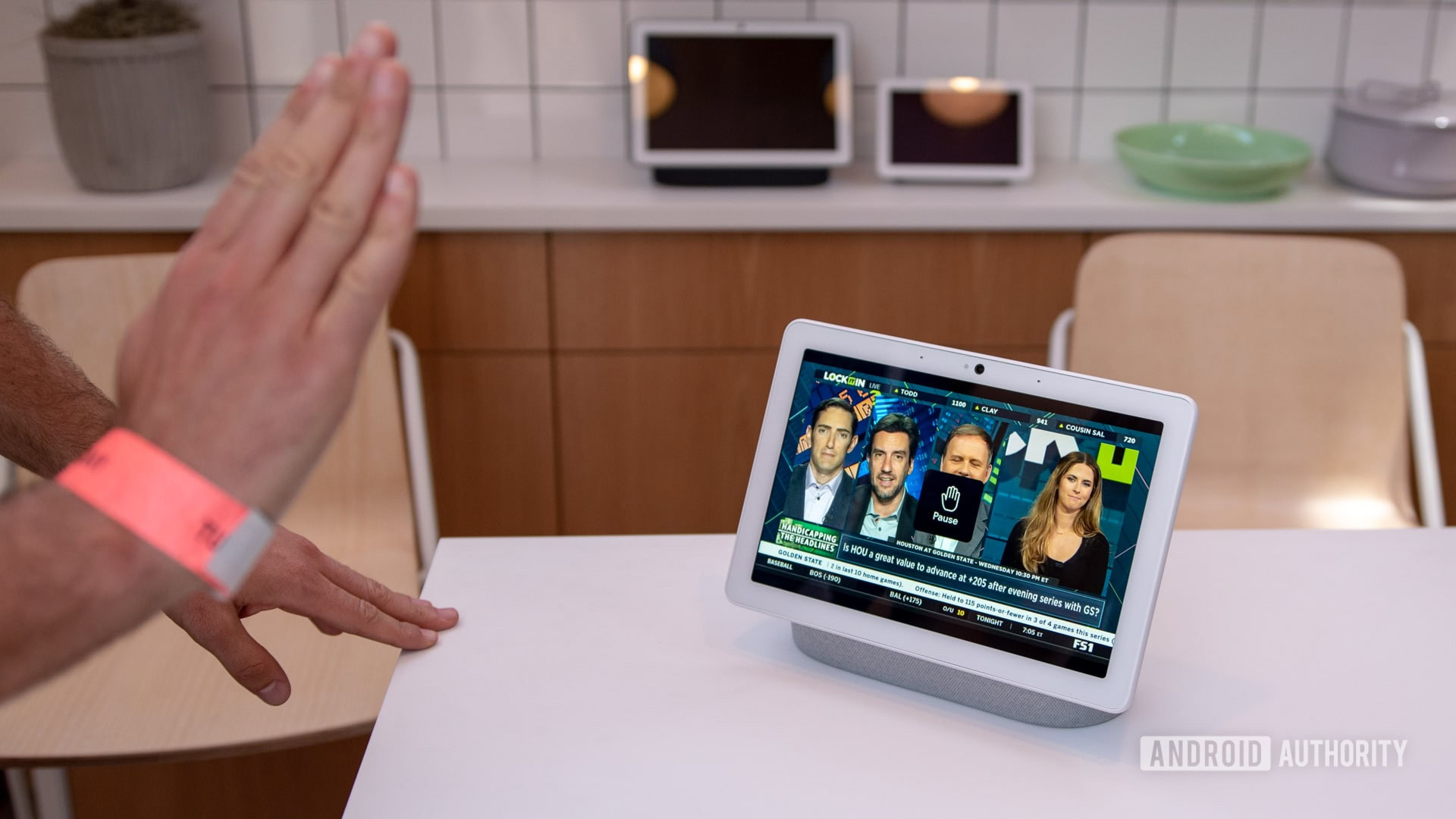
Speaker and display makers are usually more concerned about enhancing the responsiveness of AI assistants, not decreasing it. That makes sense given how many of us have had to repeat “Alexa” or “OK Google” two or three times to get a device to respond.
Young kids tend to be pretty reckless with voice commands, though, for instance asking to hear the same song over and over (“Baby Shark” anyone?), or turn off the lights when you’re using them. It would be wonderful if speakers and displays could be toggled to refuse input from people without assigned voice or face profiles. At the moment, Alexa, Siri, and Google Assistant will only restrict private data for guests or unrecognized users — you can still issue general smart home commands no matter who you are.
3. More (and/or better) official mounting options
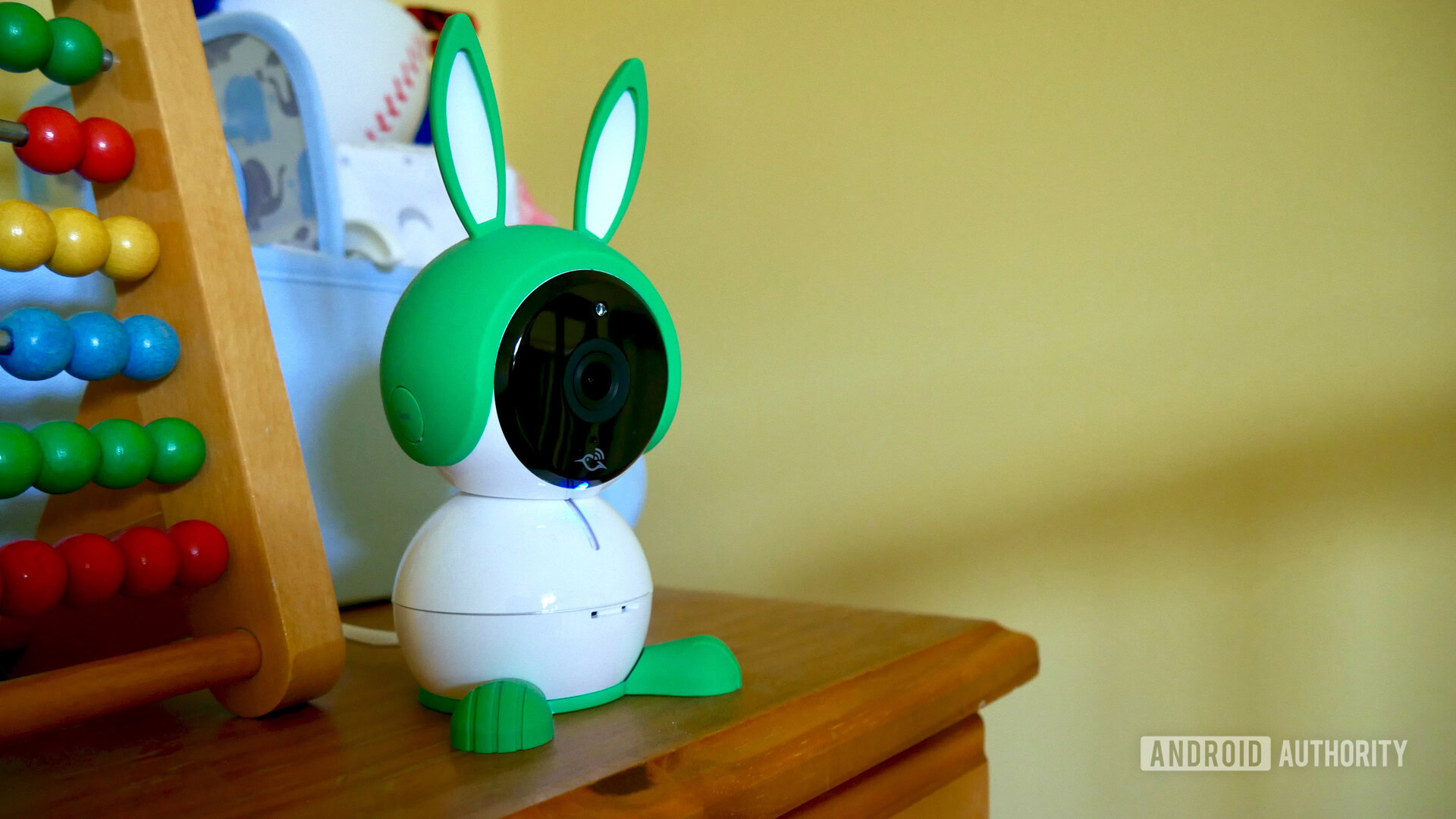
Wall or table mounts are another way around the problem of little fingers. It’s often possible to jerry-rig a solution, even when there isn’t an official or third-party product, but it would be nice if shoppers could count on official help instead of crossing their fingers that an answer will come along. When they do exist, third-party mounts can potentially be flimsy or discontinued in an instant.
Sometimes devices that are mountable from the get-go don’t come with the best implementation. Micron, for example, bundles its light panels with double-sided tape, but that only works reliably with smooth walls, and a child can potentially rip panels off with enough force. My own panels are mounted with screws (and high up) to prevent any problems.
4. More customizable parental controls on speakers and displays
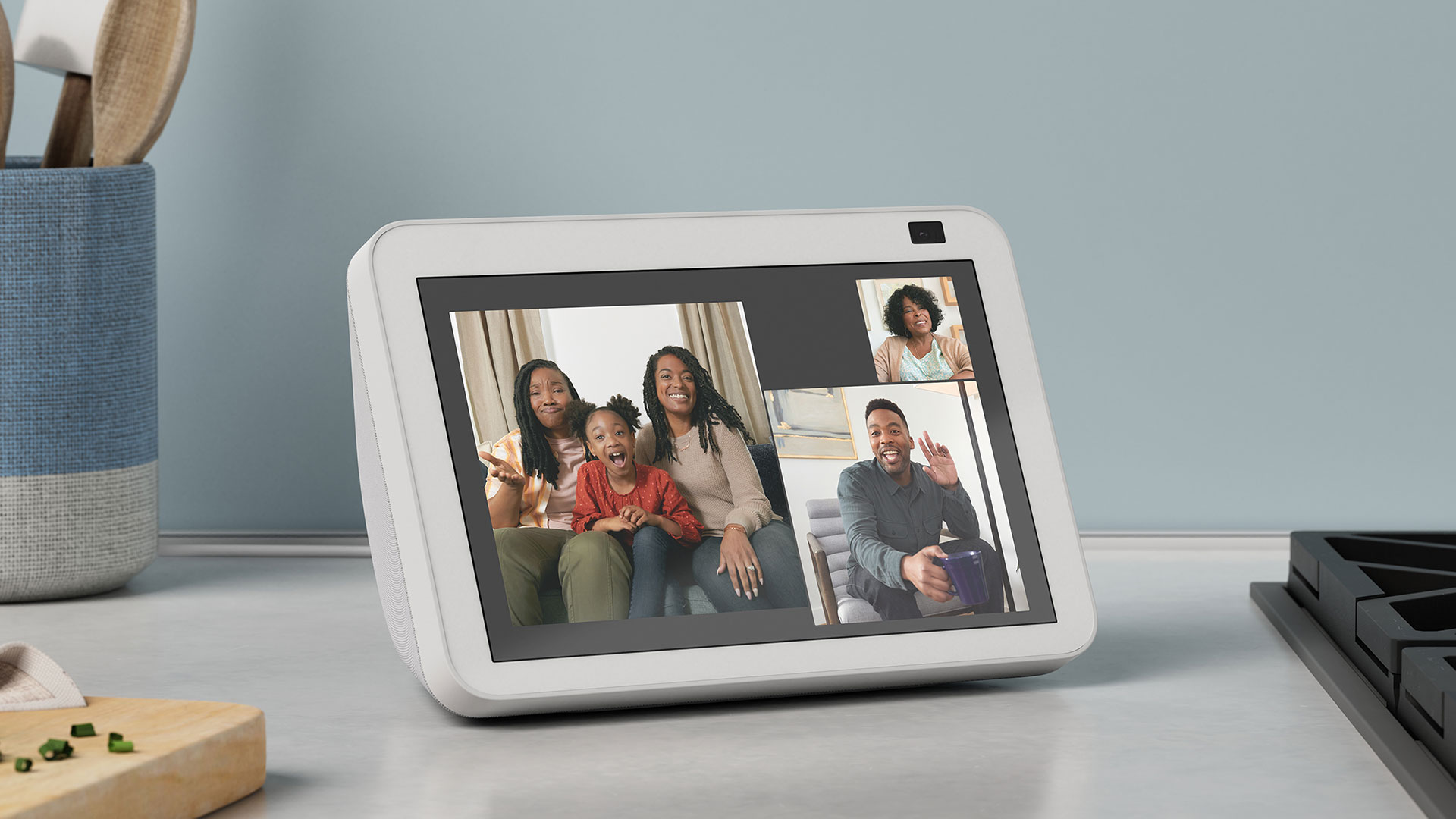
Parental controls are, thankfully, present across all of the major smart home platforms. Google for instance offers various filters for music, video, calls, websites, and even Assistant commands and responses on its speakers and displays. Amazon has similar options by way of Amazon Households and Amazon Kids.
These tools are inconsistent between platforms, however, and there can be strange gaps. Some of Google’s content blocks are all-or-nothing, and no matter which platform you’re on, you can’t enable access to smart home controls on a per-accessory basis. What I mean is that if a child just wants to toggle the lights in their room, you can’t link those specific lights to their speaker/display without giving them whole-home access or creating an entirely separate smart home account, which makes parental controls difficult to manage.
We need granular permissions to control both the content and accessories that kids can access.
We need easily accessible control panels with granular permissions, including both the content and accessories kids can access. The ability to link specific accessories to specific speakers is probably highest on my wishlist, but there should also be foreground tools for filtering songs, videos, and podcasts by name instead of just censoring “explicit” content or entire media types. I want my son to be able to see Sesame Street or hear most of his favorite songs — like “Twinkle Twinkle Little Star,” or “Personality” by Lloyd Price, for the record — while blocking things that are objectionable but not explicit, like, say, “Baby Shark.”
5. Different smart home access levels for each age bracket
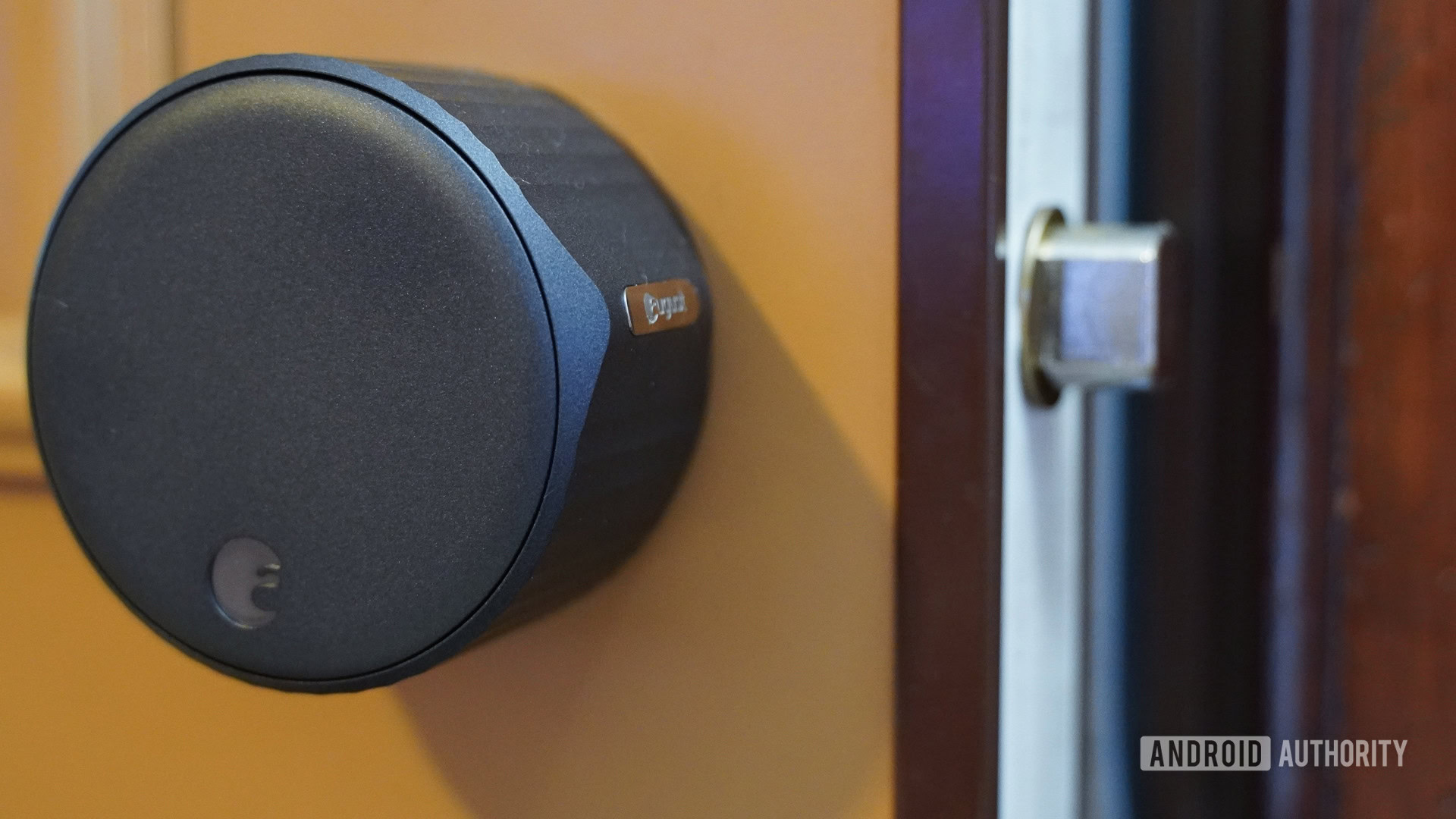
Though there is a recognition of age groups in Amazon, Apple, Samsung, and Google profiles, it often boils down to “child,” “teen,” or “adult.” Even then, restrictions are typically focused around shopping and media consumption — not what smart home accessories they can control.
How great would it be if smart home access was not just a de facto consideration, but a little more nuanced by age? You could block smart home controls for a “toddler” group by default, opening them up a little for preschoolers and early grade levels — possibly leaving things like smart locks out of reach. Newer kids could be given wide access, barring of course anything parents choose to restrict.
6. More smart home accessories intended for kids
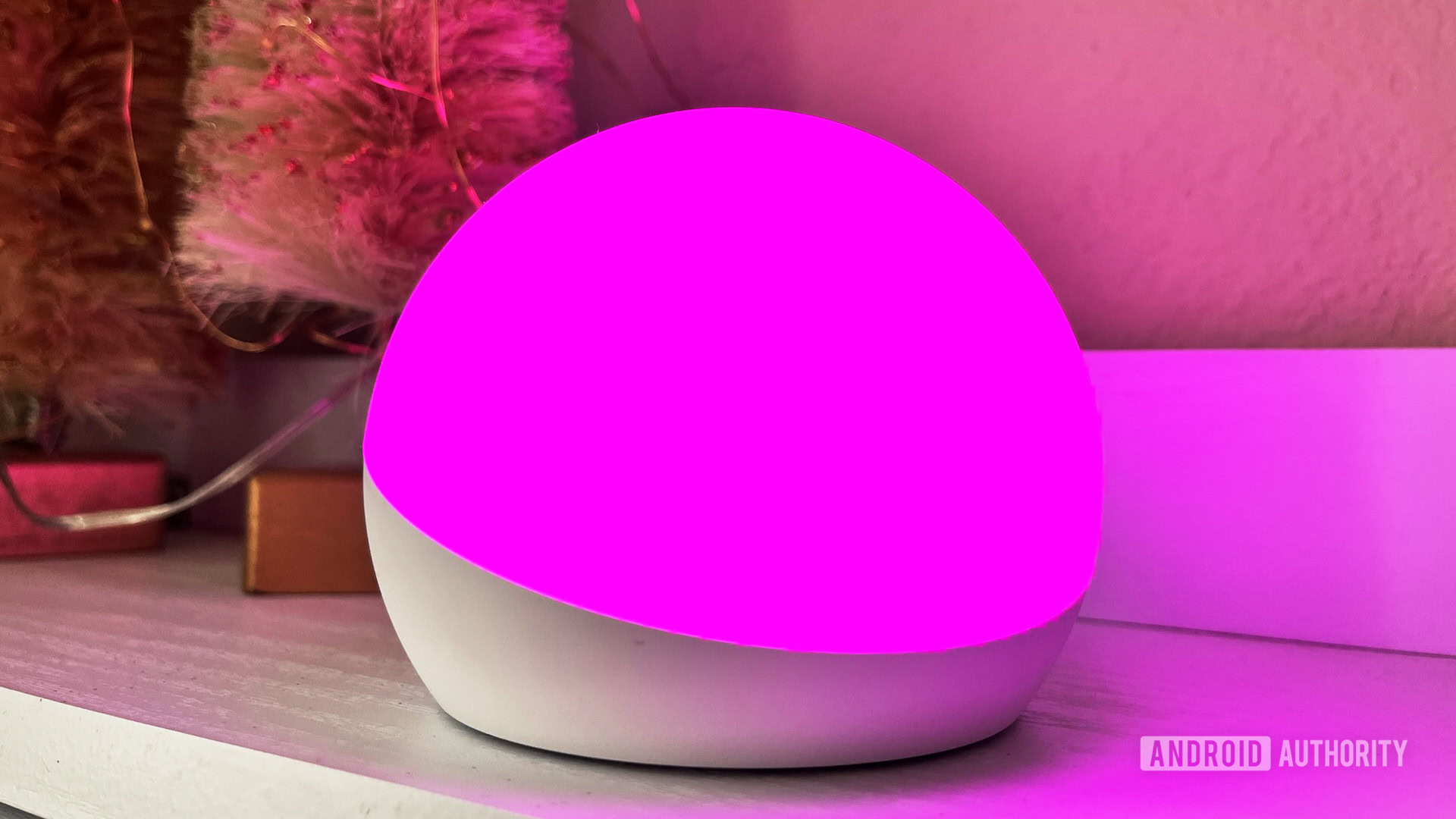
One of the reasons it feels like smart home products are targeted at people without young kids is that there aren’t many made for young kids. That means something durable with simple controls, ideally with a design that kids find cool.
The product that best matches what I’m hoping for is Amazon’s Echo Glow. While it supports the same automations and remote controls as any Alexa-compatible lamp, it can take a beating, and its physical controls are simple enough that even a toddler can understand them. There’s a power button, and if a kid wants to change the Glow’s color, all they have to do is touch the dome. Its looks are appealing to kids and grown-ups alike.
If more products met these criteria, parents might not have to be as worried about how they equip their home. Some kids might not even care as much about messing with speakers and displays, given that they’d have plenty to (safely) interact with by touch.
If you're a parent, do you run into trouble with smart home accessories?
Final thoughts

Critics may charge that parents can prevent a lot of problems by exercising authority in the analog world, and there’s truth to that. Kids need to learn limits for many things, not just electronics, and some products may not belong in a family setting. You probably shouldn’t put $1,000 tower speakers in your living room if you have a toddler running around.
Smart home tech is already becoming ubiquitous, however, so it’s about time companies thought more about making it family-friendly. The market is out there, and convenience should be the name of the game with or without children.
Continue: The improvements smart home tech really needs to thrive